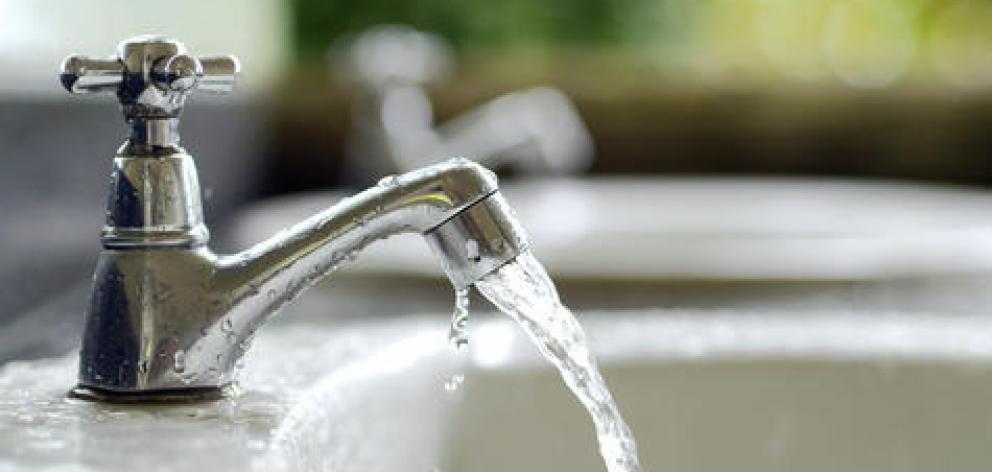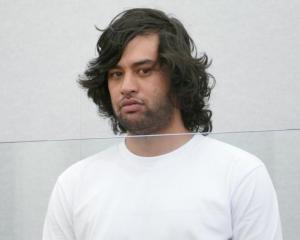
Council water services manager Martin Pacey could not say last week when the issue with its dosing equipment might be resolved, as it depended on the contractor being available.
Mr Pacey pointed out a level of naturally occurring fluoride remained in the water supply while fluoridation remained on pause.
The council began fluoridation with a target of 0.8mg per litre from July 8 following the director-general of health’s directive to fluoridate at between 0.7mg and 1.0mg per litre.
The council informed the director-general and temporarily halted fluoridation on October 10.
That came after an Oamaru resident provided independent test results on October 4 showing the level of fluoride was at the 1.0mg recommended upper threshold.
The council followed up with its own independent testing and announced on October 10 the fluoride level was above the 0.8mg agreed target. It was 1.07mg per litre post-reservoir and 1.08mg at the South Hill pumping station.
It immediately stopped adding fluoride, attributing the problem it to an equipment calibration problem.
At the same time, the council said its results were ‘‘marginally above’’ the target level for fluoridation.
It said they were ‘‘well within the maximum acceptable value’’ (1.5mg per litre) for safe drinking water, as set out in national drinking water standards.
In a statement, Fluoride Free NZ national co-ordinator Mary Byrne and legal and science adviser Mark Atkin suggested the samples taken by the council last month were the first since fluoridation began in July.
‘‘The council has claimed it is not required to do any testing and only needs to monitor what goes in (what they call the ‘‘dose setpoint target’’) yet the legislation requires testing twice-weekly as it leaves the plant.
‘‘And while the levels were within the maximum allowable level . . . they were outside the maximum recommended level.’’
This raised a question about the actual fluoride levels between July 8 when fluoridation began and October 4.
‘‘How is it that the council staff and the consultants did not understand that the water needed to be tested as it left the plant?’’
Fluoride Free NZ believed the council could ‘‘still choose’’ to keep fluoridation turned off.
Mr Pacey said the community could be assured the water supplied during fluoridation ‘‘met the drinking water quality standards for New Zealand’’.
‘‘The current fluoride levels in the supply are those which naturally occur in our water,’’ he said.











